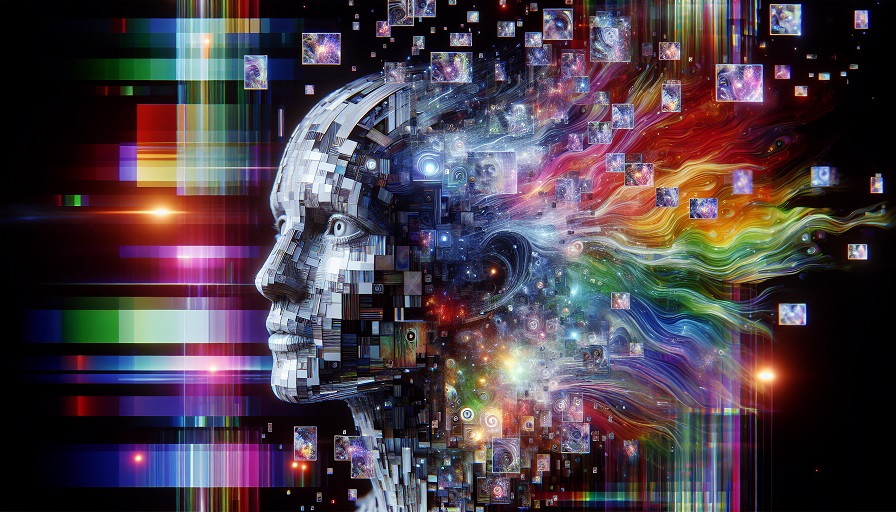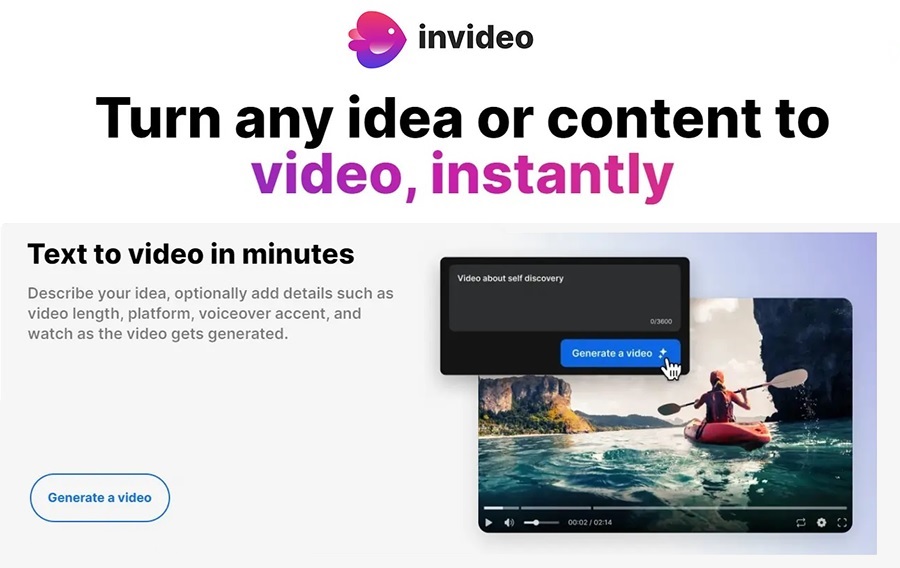
We live in a world filled with information, much of it complicated and difficult to digest. Whether it is scientific research, financial services, healthcare procedures, or technology products, explaining complex topics clearly is a constant challenge. Explainer videos have long been one of the most effective solutions, breaking down tough ideas into simple, engaging stories. Today, artificial intelligence is adding a new dimension to this communication tool. AI-driven explainer videos are not only faster and more affordable to create, they are also more personalized, versatile, and globally accessible than ever before.
Contents
Why Explainer Videos Are So Effective
Explainer videos succeed because they merge storytelling, visuals, and audio. Rather than overwhelming viewers with text-heavy reports or jargon-filled presentations, they use animation and narration to guide audiences step by step. Research has consistently shown that people retain more when information is presented visually and aurally together. In fact, studies suggest viewers remember up to 95 percent of a message when it is delivered through video compared to just 10 percent from text. In an era of shrinking attention spans, explainer videos capture attention quickly and leave lasting impressions.
The AI Advantage
Traditional explainer video production requires scriptwriting, storyboarding, design, animation, recording voiceovers, and editing – all of which can take days or weeks. AI streamlines nearly every step, cutting production time dramatically while reducing costs. This makes professional-quality explainer videos accessible even to small businesses, educators, and nonprofits that lack big budgets or technical skills.
Smarter Scriptwriting
AI tools can generate structured scripts from just a simple prompt. For example, a biology teacher can type, “Explain photosynthesis for high school students,” and within seconds receive a well-organized script complete with analogies and simplified terminology. These AI-generated drafts give creators a strong foundation that can be polished further, reducing the stress of starting from scratch.
Text-to-Video Capabilities
AI platforms can convert scripts into animated videos with characters, icons, and dynamic graphics. This eliminates the need for professional animators or designers. A financial advisor explaining compound interest can instantly produce an engaging video that uses visuals of graphs and coins stacking, turning abstract math into something anyone can understand.
Natural Voiceovers and Localization
One of the most impressive AI features is realistic voice synthesis. Modern AI voices are natural, expressive, and available in dozens of languages and accents. This makes it possible to deliver explainer videos that feel professional and inclusive without hiring expensive voice talent. AI also enables localization, ensuring videos resonate across cultures by adapting terminology, idioms, and even tone of delivery.
Industries Benefiting from AI Explainer Videos
The potential of AI-driven explainer videos extends across nearly every sector. Here are a few standout examples:
Education
Teachers and online educators can transform complex topics into digestible animated lessons. A chemistry instructor could turn a dense chapter on molecular bonding into an engaging visual journey. With AI, these videos can be produced in hours rather than weeks, expanding resources for classrooms and e-learning platforms.
Healthcare
Doctors and clinics use explainer videos to simplify medical procedures and treatment plans for patients. Instead of overwhelming patients with leaflets full of medical jargon, a quick AI-generated video can explain what to expect during surgery or how a medication works, reducing anxiety and improving patient understanding.
Finance and Business
Banks, fintech startups, and investment firms often struggle to explain complex services. AI-generated videos can illustrate concepts like cryptocurrency, retirement planning, or insurance policies in straightforward, engaging ways. This helps build trust with customers and reduces confusion.
Marketing and Sales
Marketers use explainer videos to capture attention in crowded feeds. By turning product benefits into quick stories, they reduce hesitation and encourage conversions. AI makes it easy to A/B test different styles of videos, helping businesses refine their messaging faster than ever.
Corporate Training
Large organizations face the constant challenge of onboarding new employees and training teams on complex processes. AI-driven explainer videos turn long manuals into concise, visual guides. Employees absorb information faster, and companies save time and money on training sessions.
Case Studies and Real-World Applications
Consider a nonprofit focused on climate change. With AI, they can transform dense research papers into short, accessible animations for schools and the public. This broadens their impact and makes technical data relatable. Another example is a small startup developing new software. Instead of overwhelming customers with documentation, they can provide an AI-generated explainer video walking through the product’s features step by step.
Even healthcare providers are embracing this trend. A medical clinic in Europe recently began using AI explainer videos to prepare patients for procedures. The result was fewer follow-up calls, reduced anxiety, and higher satisfaction scores. These real-world examples highlight the versatility of AI-driven explainers across industries.
The Human Touch Still Matters
While AI is a powerful assistant, it is not a complete replacement for human creativity. AI can provide efficiency, structure, and scalability, but humans bring emotional intelligence and storytelling nuance. Explainer videos must resonate with viewers not only logically but also emotionally. A script generated by AI may hit the right technical notes but require human editing to ensure warmth, humor, or cultural sensitivity. The best outcomes happen when AI and human creativity work together.
Challenges and Ethical Considerations
There are challenges to consider. Automated tools may sometimes oversimplify, leaving out important details. Creators must strike a balance between clarity and accuracy. Additionally, transparency matters: audiences should know when content is AI-assisted. Ethical considerations also arise when creating persuasive content – businesses must ensure that videos inform rather than mislead.
Looking Ahead: The Future of Explainer Videos
The future of AI in explainer video production looks bright. Soon, we may see interactive explainers where viewers can ask questions mid-video and receive AI-generated responses in real time. Personalization will also grow, with videos tailored to individual learning styles or customer interests. Imagine a training video that adapts dynamically depending on an employee’s performance or a marketing video that shifts its message based on viewer demographics.
As virtual and augmented reality expand, AI may even help create immersive explainer experiences, allowing audiences to step inside a concept and explore it firsthand. The possibilities are limited only by imagination and innovation.
AI-driven explainer videos are transforming the way we communicate complex information. By combining automation with creativity, they empower businesses, educators, and organizations to share knowledge more effectively than ever before. While the human touch remains vital, AI provides the speed, scale, and accessibility needed to meet today’s demand for clear, engaging content. For anyone struggling to make tough topics easy to understand, AI-driven explainer videos are not just helpful – they are essential tools for the future of communication.

